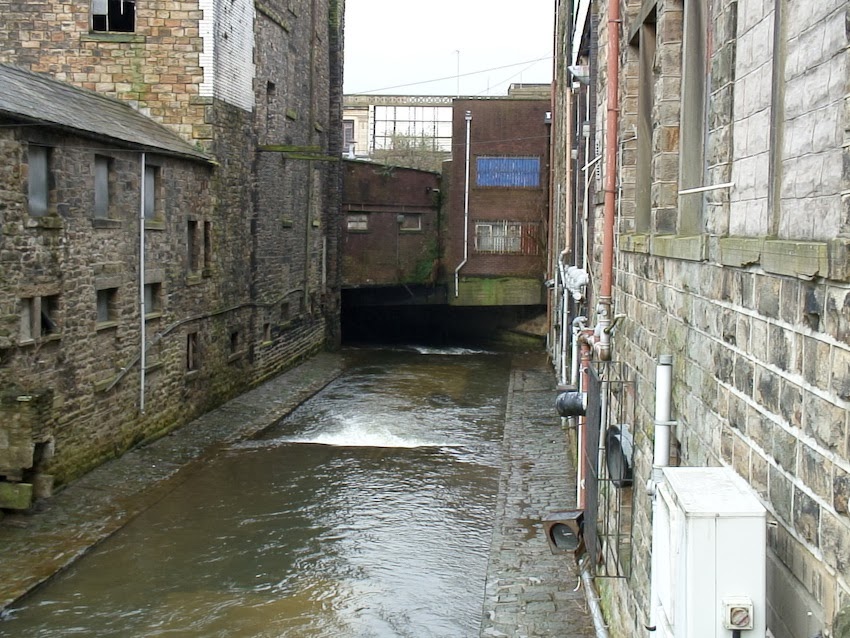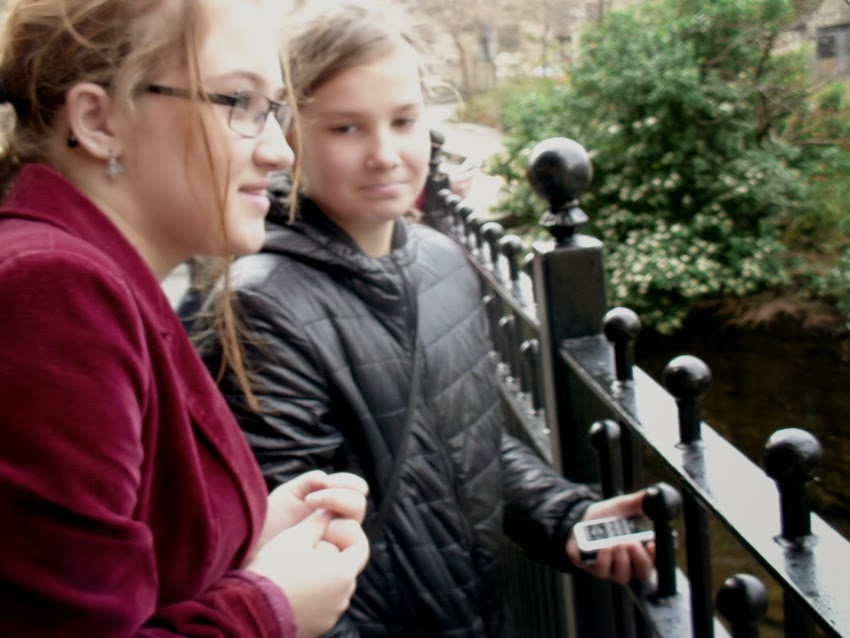We piled into mine and Vic's cars (only just fit all the snacks in) and drove out of Burnley on the top road that goes out toward Hebden Bridge (I think it's called Kebbs)
The weather was very changeable and dynamic and by the time we parked by the side of the road it was raining. We donned sturdy wellington boots, waterproof jackets, high-vis vests, hats and gloves packed our bags with cameras and food and set off up the hill.
Despite how seemingly barren the hillside looks at first glance we were all struck by how many colours there were all around us. The Sphagnum Moss made beautiful vibrant star-shaped punctuations everywhere and forced your eye down to look at all the fascinating details of the terrain.
One of the highlights was walking through the delicious mud,so pure it almost felt 'clean'. it was lovely to squelch through the varying degrees of blancmange-like textures and feel your boots being gently sucked into the ground. We all got stuck at one point or another, or lost a boot (and sock) to the mud which was funny and thrilling somehow, just great to be so connected to the earth.
We stopped for a rest at a large crop of weathered stones and had juice. Underneath the stones was one of the points where the River bubbles up and begins it's journey down into the town. There was a beautiful little cave full of bright green algae being gently combed by the water and we stopped to capture some photos and record the sounds of the trickling stream. Mhairi found a little sheep den where they come to shelter from the wind and have a good scratch against the rocks. The ground was hammered with tiny hoof prints and bits of wool were attached to everything around.
We carried on to the top of the hill, over a style and up until we reached the white obelisk known as a Trig Point. Vic told us all about how the land up there had originally been like a huge sponge due to the peat and various mosses and plants. But gradually, due to human interference and the desire to graze sheep, the land had started to dry out and therefore causing the peat to sink and fall away. Lots of work has been done over the years to try to undo the damage been done.
Vic told us that the land is "a rich and important wildlife habitat, Worsthorne Moor is also one of the largest water gathering areas in the South Pennines. The reservoirs at Hurstwood and Cant Clough, connect to Worsthorne water treatment works to supply the people of Burnley with up to 21.5 million litres of drinking water each day (enough to fill 8 ½ Olympic sized swimming pools every day)."
Seeds of particular plants have been scattered over the area, hessian sacking has been pegged into the land and even woven coconut barriers flown all the way from Hawaii have been placed around to create dams which will help the moisture to remain where it should. It was amazing to think about how much work goes on, by people behind the scenes that we never see, just to sustain our way of life and redress the balance between nature and humanity.
Before we set off back down, Vic took us to a spot which has become very dry and the rocks there have a lot of quartz in them so they sparkles and glimmer in the sun. Vic call's them Moon Rocks and it was amazing how vastly different the land on the dryer area looked compared to the lush, moist peaty ares we'd walked through.
We all had such a great day and learned so much, thank you Vic, so much, for leading our adventure!


























































